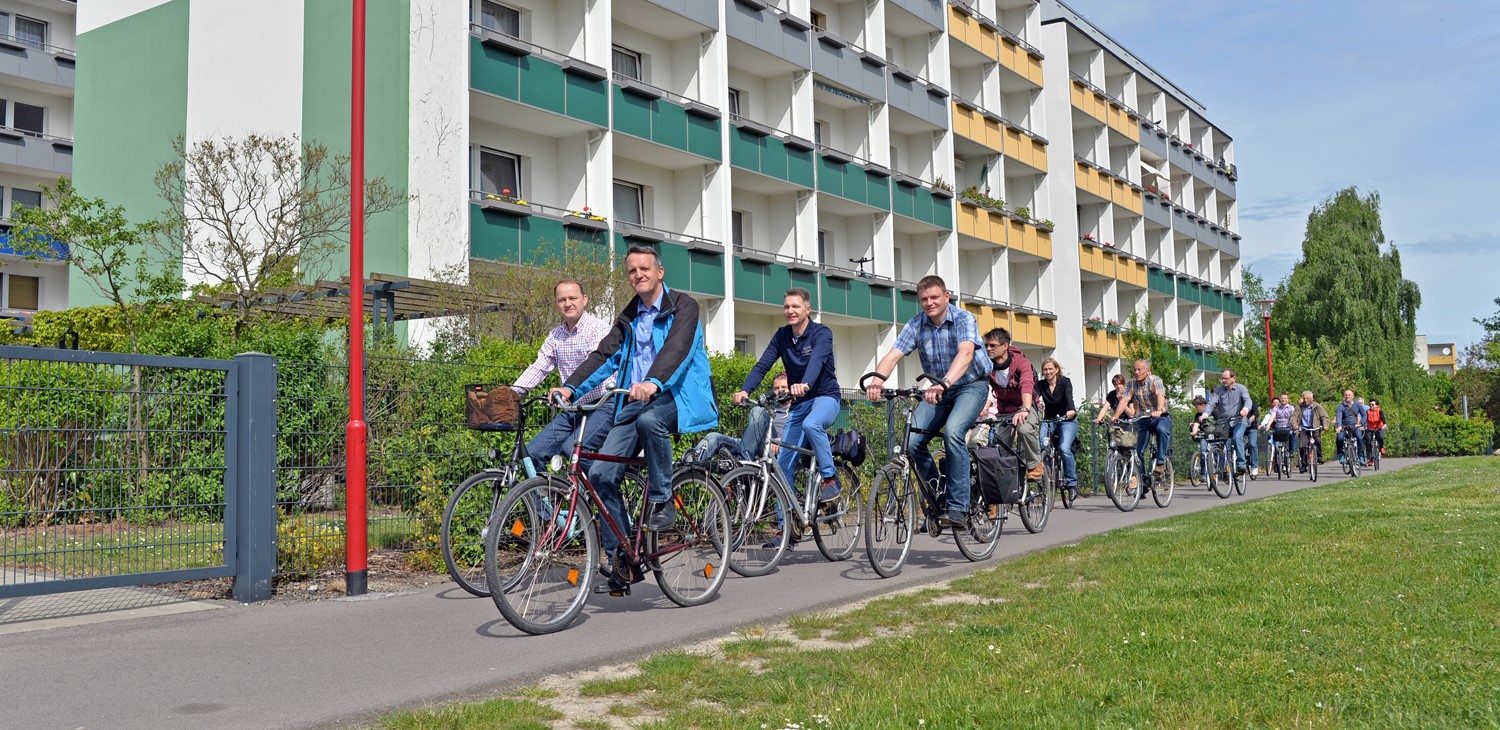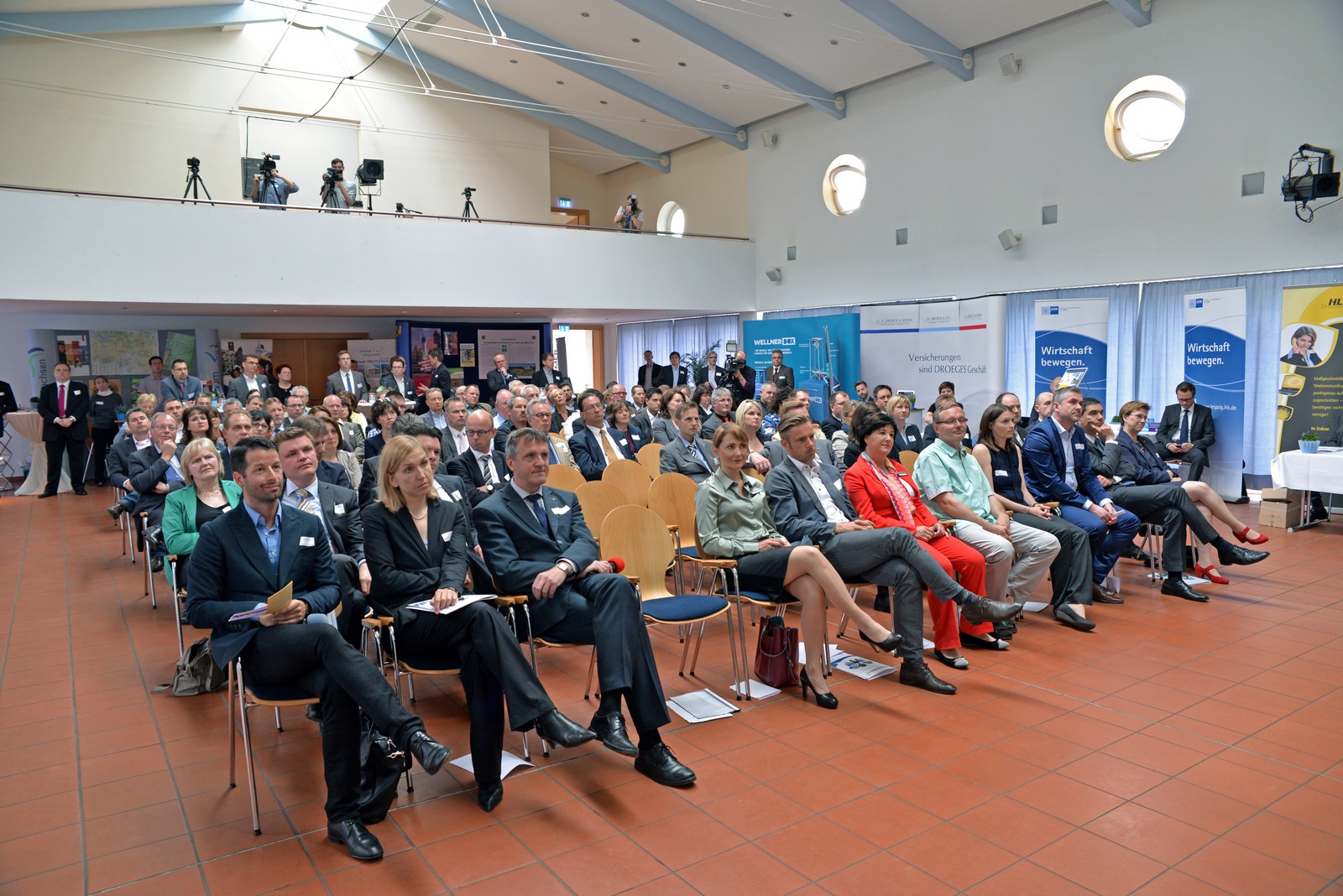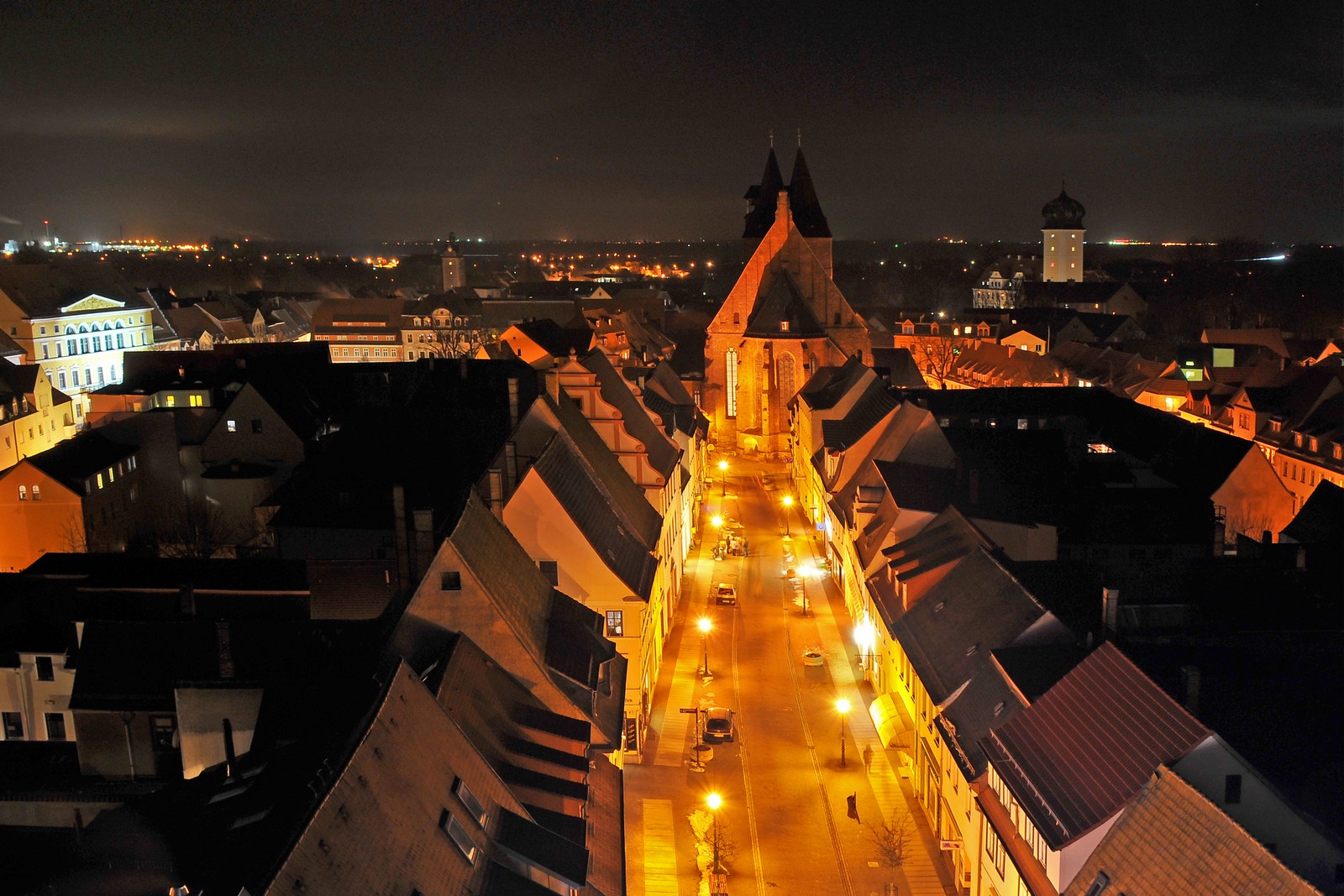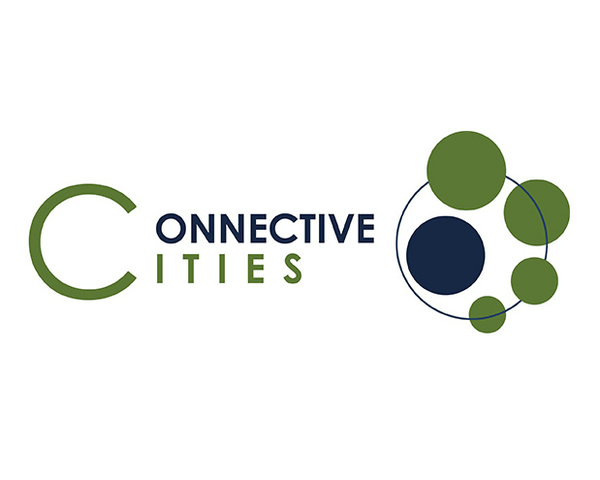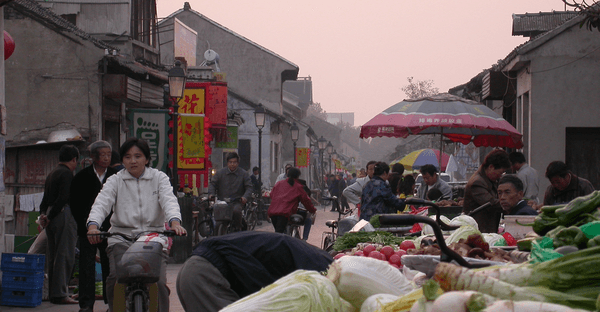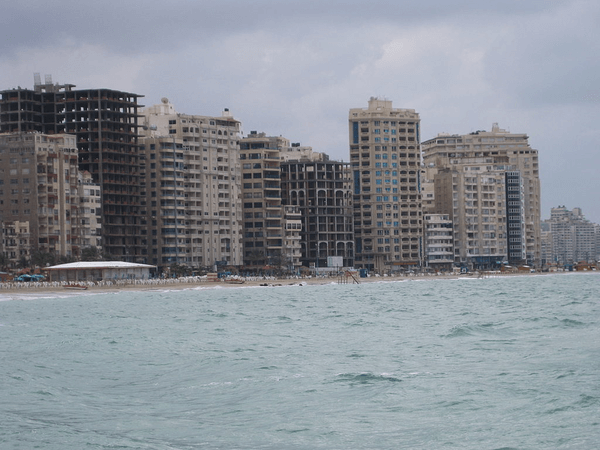City
Delitzsch
Main actors
City Government, other
Project area
Whole City/Administrative Region
Duration
Ongoing since 2012
Situated to the north of Leipzig, the town of Delitzsch is a model city of “energy efficiency”.
With its innovative energy management system and by using photovoltaics, wind energy and biomass to generate electricity and obtaining heat from geothermal and solar thermal sources, Delitzsch is now arithmetically self-sufficient in terms of electric energy. In addition, the city has been implementing an energy and climate protection policy guiding concept since 2012 and has been presented the European Energy Award® (eea®) in gold.
Originally published by the International Community of Practice for Sustainable Urban Development CONNECTIVE CITIES: https://www.connective-cities.net/en/good-practice-details/gutepraktik/delitzsch-1/
External links / documents
On Map
The Map will be displayed after accepting cookie policy
